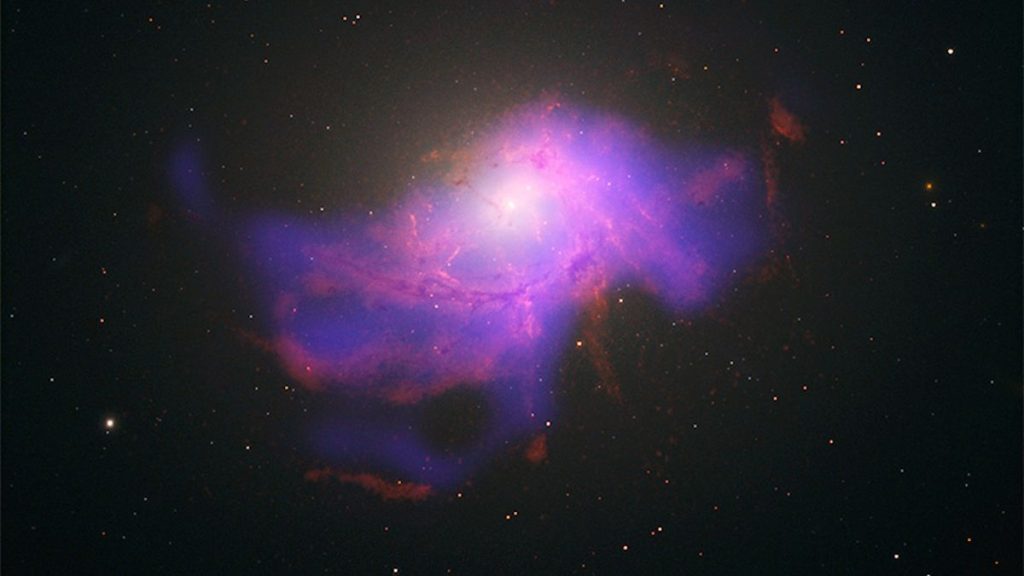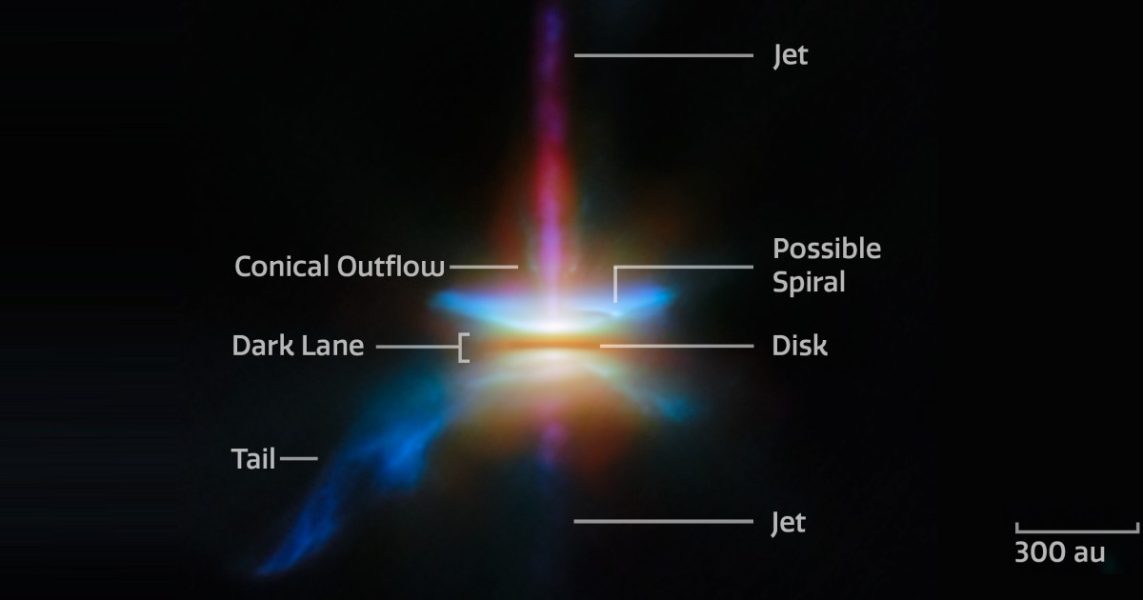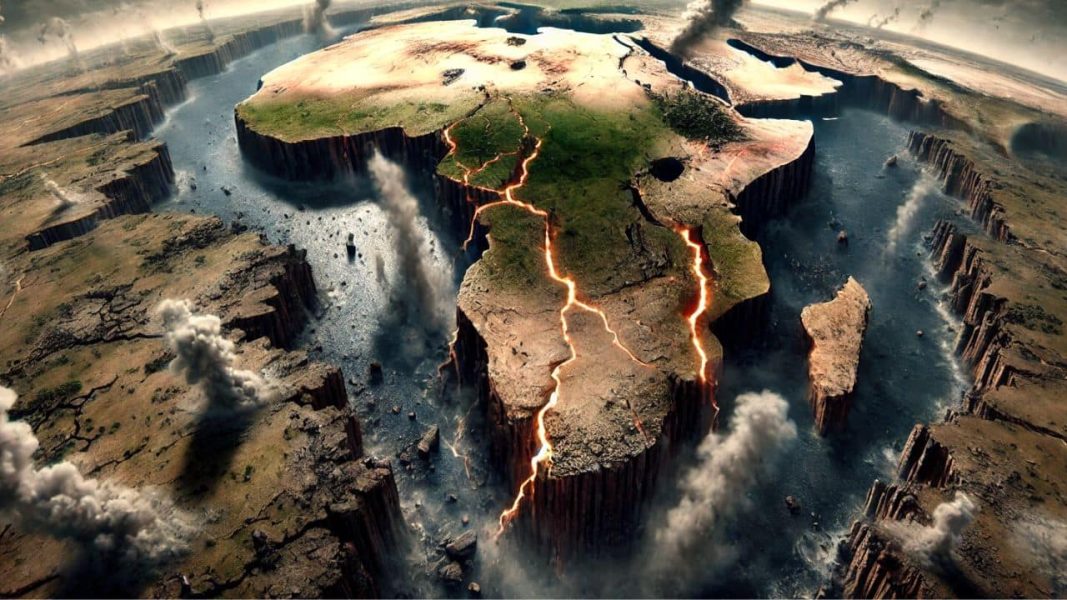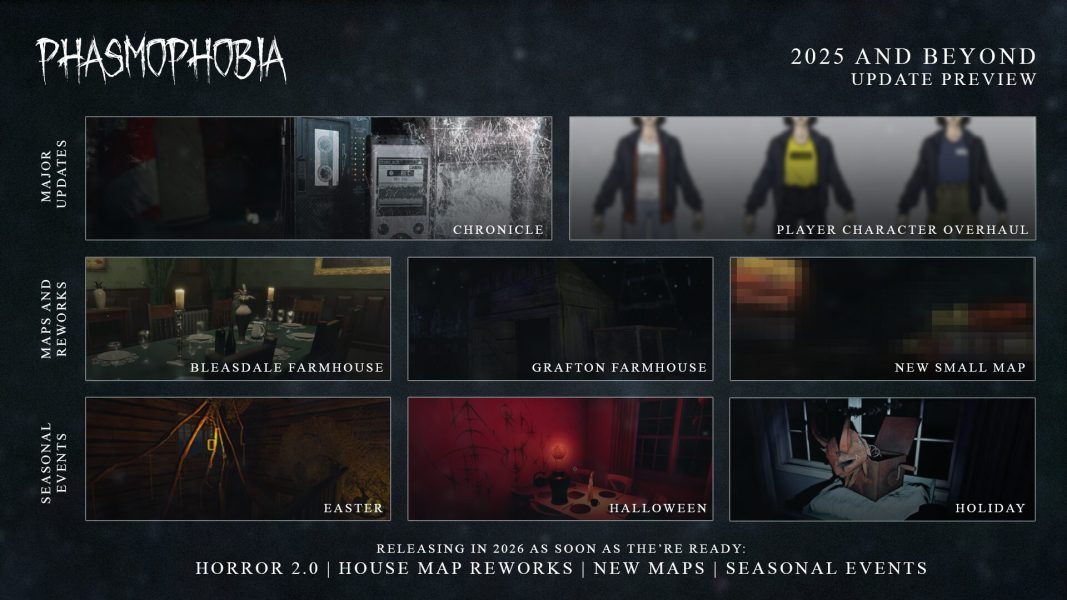Astronomers catch black holes ‘cooking’ their own meals in bizarre, endless feeding cycle – Livescience.com

Black holes can actively regulate the material they consume, using powerful jets of gas blasted into space, according to a new study. It suggests many such cosmic beasts effectively “cook” their own meals.
When you purchase through links on our site, we may earn an affiliate commission. Here’s how it works.
Black holes’ ravenous, incessant feeding is fueled partly by the powerful jets of gas these gluttonous monsters blast into space, according to a new study. The research suggests that many black holes across the universe actively regulate the material they consume, essentially “cooking” their own meals.The findings also offer a fresh glimpse into the complex ways black holes interact with and co-evolve alongside their immediate surroundings.In the new study, a team led by Valeria Olivares, an astrophysicist at the University of Santiago in Chile, studied the blasts of X-rays and radio emissions from supermassive black holes lurking within seven galaxy clusters located between 170 million and 1 billion light-years from Earth. One of these is the Perseus Cluster — one of the most massive known structures in the universe — featured on the left in the image below. The bright-white pocket at the center is the collective light from black holes lurking in the cluster’s many galaxies, each measuring anywhere from millions to tens of billions of times the mass of the sun.Related: What’s the biggest black hole in the universe?The new analysis, based on data from the space-based Chandra X-ray Observatory and the Very Large Telescope in Chile, also revealed numerous neon-pink “veins” branching out from the galaxies. These wispy filaments represent warm gas flowing between galaxies; this gas has been shaped and sculpted by the energetic jets emitted from the nearby black holes. These tendrils of gas are key to sustaining the black holes’ feeding cycle, according to the study, which was published Jan. 27 in the journal Nature Astronomy.—’Impossible’ black holes detected by James Webb telescope may finally have an explanation — if this ultra-rare form of matter exists—Gravitational waves offer a ‘cosmic DNA test’ for black holes—Supermassive black holes in ‘little red dot’ galaxies are 1,000 times larger than they should be, and astronomers don’t know whyThe interaction between black hole jets and this ambient gas allows the cosmic monsters to prepare themselves a constant supply of food, the researchers suggest. The jets that are blasted into space interact with the hot gas that fills the space between galaxies, thereby cooling it enough to shape it into structured, gas-filled filaments. These filaments then facilitate the movement of warm gas, funneling some of it back toward the centers of galaxies, where it further feeds the black holes and provides fuel for future jet outbursts.This cycle of feeding and jet emission establishes a delicate feedback loop that helps sustain the cosmic behemoths’ activity and growth, according to the study.Get the world’s most fascinating discoveries delivered straight to your inbox.But there’s another winner at this endless dinner party. The gas-filled filaments not only play a crucial role in the feeding cycles of black holes but also blow out cavities in intergalactic space, thus setting the stage for the formation of new stars, the study authors said.Sharmila Kuthunur is a Seattle-based science journalist focusing on astronomy and space exploration. Her work has also appeared in Scientific American, Astronomy and Space.com, among other publications. She has earned a master’s degree in journalism from Northeastern University in Boston. Follow her on BlueSky @skuthunur.bsky.socialPlease logout and then login again, you will then be prompted to enter your display name.Scientists discover black holes spinning unexpectedly fast: ‘You’re essentially looking at its fossil record”Impossible’ black holes detected by James Webb telescope may finally have an explanation — if this ultra-rare form of matter existsMysterious tunnels sketched by Leonardo da Vinci in 1495 may finally have been discovered — hidden under a castle in Milan
Livescience is part of Future US Inc, an international media group and leading digital publisher. Visit our corporate site.
©
Future US, Inc. Full 7th Floor, 130 West 42nd Street,
New York,
NY 10036.






